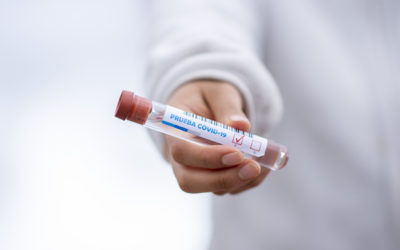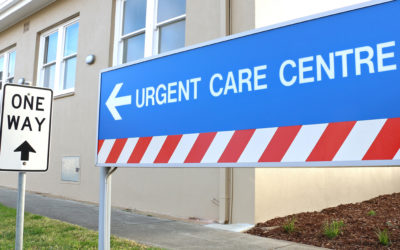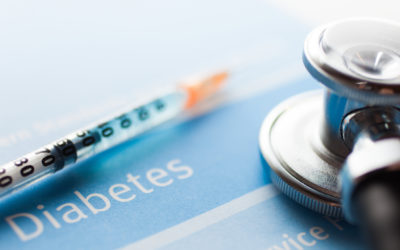A 2018 survey by the National Safety Council estimated two-thirds of the US workforce is affected by fatigue. In real numbers, this equates to 107 million of the 160 million-strong workforce. Many people do not understand workplace fatigue, its impact on a worker’s performance, and the likelihood of a workplace injury. In fact, it is estimated only 20% of workers understand workplace fatigue.
Workplace Fatigue
The workplace fatigue statistics speak for themselves. When a worker is fatigued, they are 1.62 times more likely to be injured than other workers. The risk of injury working the night shift is 30% higher than those working the day shift. In terms of the cost, fatigued workers lose 5.6 hours of productivity per week; this adds up to an estimated $136 billion in lost productivity each year.
Workplace fatigue is not just being tired. It is “mental and/or physical exhaustion that reduces an individual’s ability to perform their work safely and effectively.”
Fighting Fatigue
Recently there have been several innovations in workplace safety that look set to assist in fighting fatigue in the workplace.
Innovative Personal Protection Equipment
One recent trend has seen innovations in personal productive equipment, the equipment used to ensure workers face the lowest possible risk of harm to their health or wellbeing at work. It is used extensively in the construction, engineering, and healthcare industries.
Utilizing smart technology in this equipment, health data such as blood pressure, heart rates, oxygen saturation levels, and other similar health signs can be recorded. A person’s vital signs can give an indication of fatigue, but technology is currently being developed that will allow fatigue and alertness to be more accurately measured.
Smart Technology to Detect Drowsy Drivers
Workplace fatigue in the transport and driving industries is one of the leading causes of accidents. As the internet of things has evolved, so too has smart technology. One of the technologies currently being developed is a driver alert system that monitors fatigue and alerts the driver of the risk.
The technology being developed aims to use a camera to monitor the driver’s head and neck for the physical signs of fatigue such as head posture, eye closure, blinking, and other signs of tiredness. An algorithm is applied to the results, which will determine if the driver is fatigued. If the driver is determined to be fatigued, an alert system will trigger advising them of this.
Implications of the New Technologies
The potential of these new technologies is limitless. These innovations have the potential to revolutionize occupational health. The data generated will enable employers, among other things, to create work schedules and manage breaks in a manner that minimizes the likelihood of fatigue and its impact.
Although in the past identifying and combating fatigue has been challenging, there is hope on the horizon. The new technologies will do exactly that and will no doubt be a welcome addition to the workplace health and safety arsenal.











